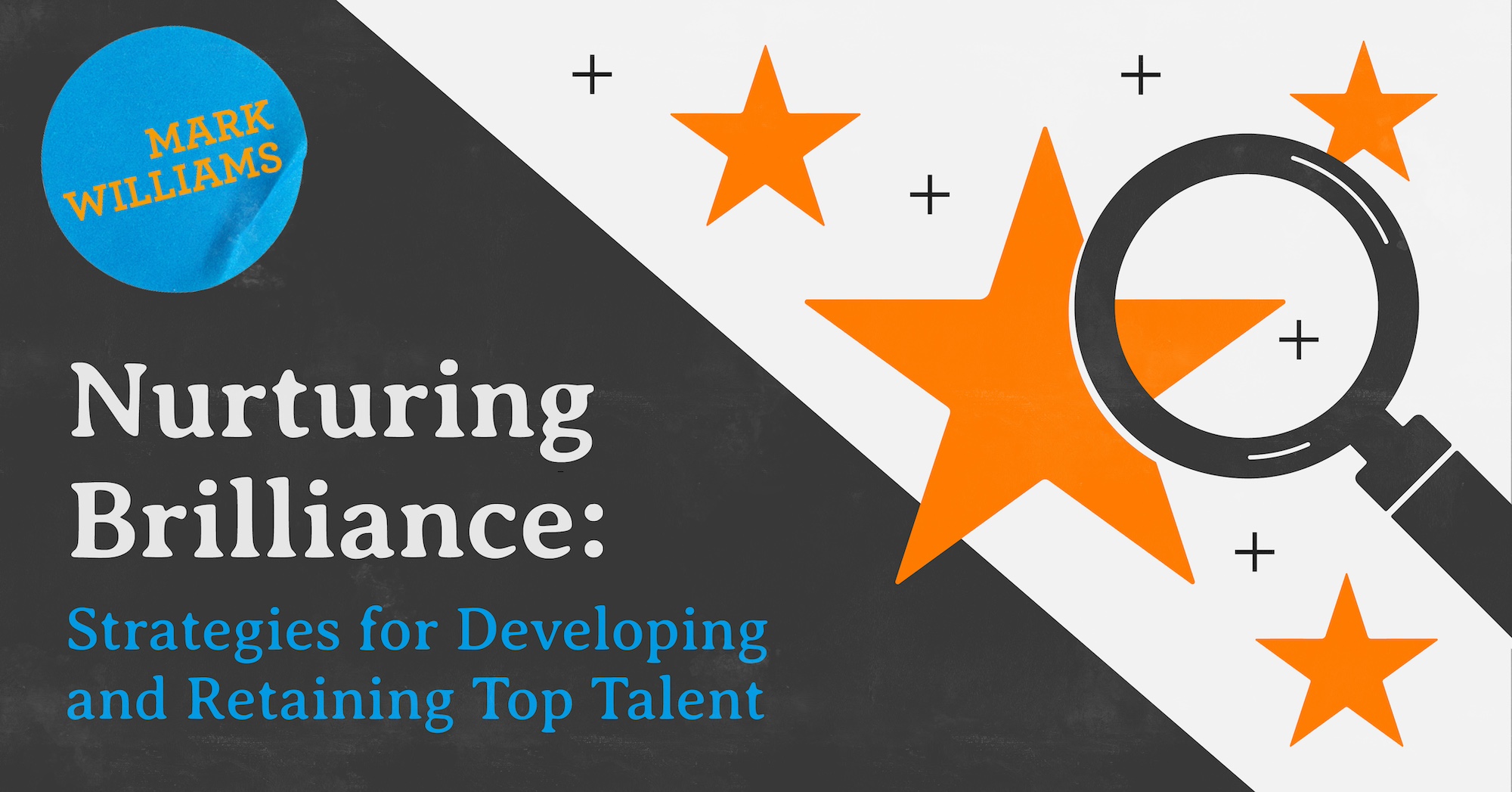Attracting and retaining top talent is paramount for sustained success. Top performers not only drive innovation and productivity but also serve as the backbone of organizational growth. Cultivating and keeping these high-caliber individuals requires strategic efforts beyond traditional recruitment methods.
I’ve created some effective strategies you can use to develop and retain top talent:
Invest in Continuous Learning and Development: Top talent seeks opportunities for growth and advancement. Implementing robust training programs, workshops and mentorship initiatives shows a commitment to their professional development. Encourage ongoing learning through access to courses, certifications and conferences relevant to their roles and career aspirations. Providing regular feedback and performance evaluations fosters a culture of continuous improvement and empowers employees to reach their full potential.
Offer Competitive Compensation and Benefits: While salary is important, competitive compensation goes beyond monetary rewards. Provide attractive benefits packages, including health insurance, retirement plans and flexible work arrangements. Additionally, consider non-monetary incentives such as bonuses, stock options and recognition programs to acknowledge outstanding performance and motivate top talent to excel.
Promote Work-Life Balance: Recognize the importance of work-life balance in maintaining employee satisfaction and well-being. Encourage flexible scheduling, remote work options and generous vacation policies to accommodate personal commitments and promote mental health. Emphasize the importance of unplugging and recharging time to prevent burnout and sustain long-term productivity.
Cultivate a Positive Work Environment: Foster a culture of inclusivity, respect and collaboration where employees feel valued and empowered. Encourage open communication and constructive feedback to foster trust and strengthen team dynamics. Create opportunities for social interaction and team building to nurture strong interpersonal relationships and a sense of belonging.
Provide Opportunities for Advancement: Top talent is motivated by opportunities for career advancement and upward mobility. Establish clear paths for progression within the organization and provide guidance and support for employees to achieve their career goals. Offer stretch assignments, cross-functional projects and leadership development programs to cultivate future leaders from within.
Prioritize Employee Well-being: Prioritize employee well-being by promoting a healthy work-life balance, offering mental health resources and addressing workplace stressors. Provide access to wellness programs and mindfulness activities to support holistic well-being. Demonstrate empathy and flexibility in accommodating individual needs and circumstances.
Recognize and Reward Achievements: Celebrate achievements and recognize contributions to reinforce a culture of appreciation and excellence. Implement formal recognition programs, peer-to-peer recognition platforms and awards ceremonies to acknowledge outstanding performance and milestones. Regularly highlight success stories and showcase the impact of top talent on organizational success.
By implementing these strategies, organizations can effectively develop and keep top talent, driving innovation, productivity and long-term success. Investing in the growth and well-being of employees not only strengthens the workforce but also enhances the organization’s reputation as an employer of choice in the competitive talent market.
For more leadership insights- check out my new podcast- Balance, Not Burnout available anywhere you listen to podcasts.

